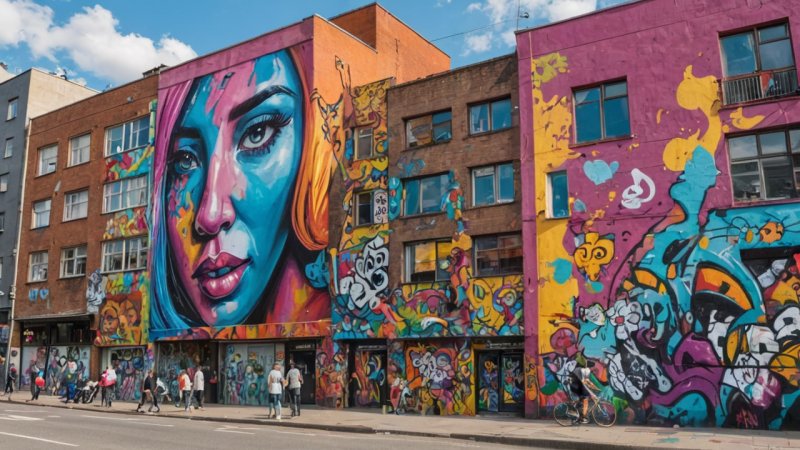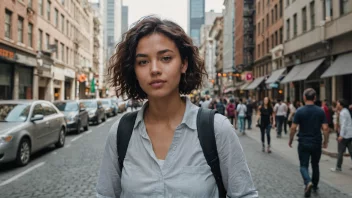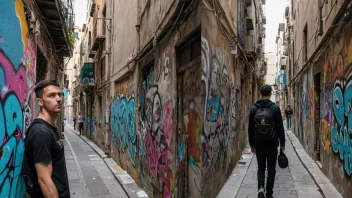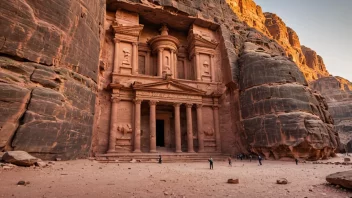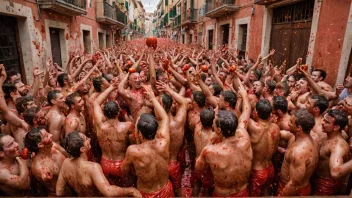Urban spaces are often a canvas for artistic expression, and two prominent forms of this expression are street art and public murals. While both contribute significantly to the aesthetic and cultural landscape of a city, they do so in distinct ways. This article will delve into the key differences, advantages, and disadvantages of street art and public murals, highlighting their roles in urban exploration and community engagement.
Definition and Origin
Street art is a broad category encompassing various forms of visual art created in public locations, usually without official permission. It includes graffiti, stencils, stickers, and installations. Street art emerged as a subculture in the late 20th century, often associated with urban youth and social movements.
Public murals, on the other hand, are large-scale artworks painted or applied directly on buildings or walls, typically commissioned by organizations or community groups. They often aim to beautify a neighborhood, convey a message, or commemorate historical events. The tradition of mural painting dates back centuries, finding roots in ancient civilizations.
Creative Freedom and Community Involvement
One of the significant advantages of street art is its inherent creative freedom. Artists can express their thoughts, emotions, and critiques of society without the constraints of formal approval. This leads to a diverse range of styles and messages, making street art a vibrant form of urban expression.
However, this freedom comes with challenges. Many street artists face legal repercussions for their work, which can lead to a negative perception of their art. Additionally, because street art is often ephemeral, it may be removed or painted over, diminishing its impact.
Public murals, conversely, are typically the result of community involvement. They often involve local artists and residents in the planning and execution phases, fostering a sense of ownership and pride in the artwork. This collaborative approach can create a lasting impact on the community and ensure that the art resonates with local values and history.
Artistic Style and Technique
Street art is known for its variety. Artists may use spray paint, acrylics, or even mixed media, resulting in an eclectic aesthetic that can range from simple tags to intricate designs. The spontaneous nature of street art allows for experimentation, leading to innovative techniques and styles.
In contrast, public murals often follow a more traditional approach, with artists using brushes, rollers, and sometimes digital tools to create their work. Murals are typically planned and executed over longer periods, allowing artists to refine their techniques and incorporate detailed narratives or themes.
Impact on Urban Spaces
Both street art and public murals have significant impacts on urban spaces. Street art can transform neglected areas into vibrant cultural hotspots, attracting attention and sparking conversations about social issues. This art form often acts as a mirror to society, reflecting the challenges and aspirations of the community.
Public murals also rejuvenate urban environments, providing color and character to otherwise dull areas. They can serve as landmarks, drawing tourists and locals alike, and often play a role in revitalizing neighborhoods by enhancing the overall aesthetic appeal.
Public Reception and Legality
The reception of street art can be polarizing. Some view it as a legitimate form of art that challenges societal norms, while others see it as vandalism. This dichotomy often leads to legal battles over the right to create and display street art. Cities may embrace it, while others may impose strict regulations.
Public murals, given their commissioned nature, usually enjoy broader acceptance. They are often celebrated during community events and are seen as contributing positively to the urban landscape. However, even murals can face criticism, especially if they reflect controversial themes or are seen as out of touch with community values.
Conclusion
In conclusion, both street art and public murals play essential roles in shaping the cultural landscape of urban environments. Street art thrives on creative freedom and spontaneity, often serving as a voice for social commentary. Public murals, while more structured, foster community involvement and leave a lasting visual legacy. When considering which form of urban expression to explore, one may find value in both, as each offers unique perspectives and contributions to the vibrant tapestry of city life.
